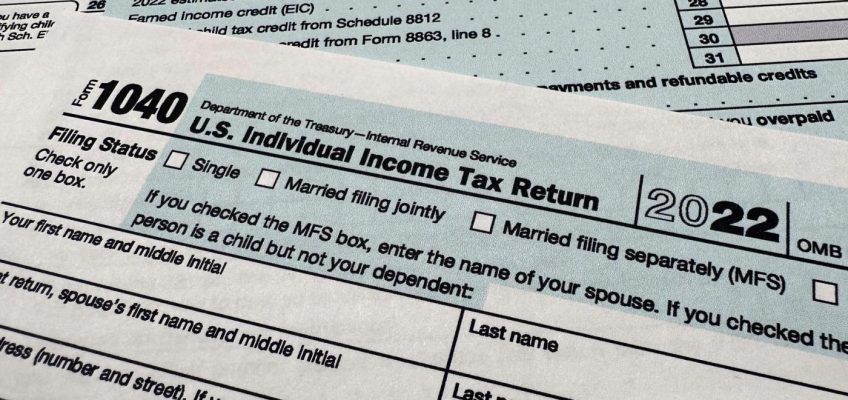Orono High’s Nolan Groves had received only one scholarship offer as of last summer and he took it, committing to Yale in June. Then in his senior season last winter, he led the state of Minnesota in scoring with 34.1 points per game, adding 8.5 rebounds, 6.0 assist and 3.0 steals in 29 games.
Groves was named the state’s Gatorade Player of the Year and led the Spartans to the Class 3A state boys basketball tournament. With that rise, the combo guard began to wonder.
“He just kept developing as the year went on, and came to me and says, ‘Coach, I just feel like I’ve improved a lot. I just think I can play at a higher level,’ ” Orono coach Barry Wohler told the Pioneer Press on Tuesday. “A few months later, he de-committed (from Yale) and they are coming after him.”
As of Monday, Groves had received scholarship offers from the Gophers, Wisconsin and Texas Tech. Maybe the biggest change is the interest from Minnesota since Niko Medved took over as coach late last month.
“Ben Johnson showed zero interest, and it’s unfortunate,” Wohler said. “… Niko wants him bad.”
Groves’ plan is to visit Texas Tech in Lubbock on Thursday and head to Dinkytown on Monday. Wohler didn’t know if Groves has planned a visit to Madison. The players’ goal, Wohler said, is to make a decision in the next few weeks.
One factor is how the Gophers’ Name, Image and Likeness (NIL) fund trails that of Texas Tech — it’s why point guard Elijah Hawkins left the U for the Red Raiders a year ago — and is possibly behind Wisconsin’s, as well.
But Wholer said Grovers’ college choice will be about more than money.
“I think what’s important is the fit with the staff and the players,” Wohler said. “I think the style of play of all three teams he’ll fit. He’s a true combo guard. He can handle the ball for you if needed. He can score at all three levels, and he can guard. He’s a freshman coming in that’s already strong. A lot of times, that strength can be an issue defensively, but he’s really strong, so I think he’ll get on the floor.”
Groves’ lighter recruitment was a byproduct of him being a “late bloomer” in high school, starting his freshman year at 5-foot-10 and seeing the floor as a 6-1 sophomore because of his shooting ability. He ticked up to 6-3 as a junior but was not a focal point on summer team JSizzle.
Groves didn’t reach his current 6-foot-5, 205-pound frame until before his senior season, and that’s when he truly blossomed. He scored 40 points or more in nine games, including 57 in a win over St. Louis Park.
“He had an amazing year. He carried us at times offensively, but his mindset, work ethic and leadership is like nobody I’ve ever coached,” said Wohler, who is in his 18th year Orono. “He wouldn’t let us have an off game.”
Groves was a finalist for the Mr. Basketball Award that went to Alexandria’s Chase Thompson, who is headed to Clemson (the Tigers also showed some interest in Groves, according to 247Sports). His Gatorade Player of the Year honor came with recognition for a 4.4 grade-point average and volunteering as a Special Olympics basketball coach.
“He’s so focused,” Wohler said. “He’s a great, great leader. He’s kind of a quiet leader. He just probably is the best competitor I’ve ever coached.”
And the competition to sign him for next year is heating up.
Related Articles
Men’s basketball: Gophers add veteran point guard via transfer portal
Men’s basketball: Gophers add high-level scorer in transfer portal
Gophers wanted Colorado State transfer Kyan Evans, but North Carolina offered millions
Gophers add center via transfer portal, Robert Vaihola from San Jose State
Gophers men’s basketball adds Davidson forward via transfer portal




